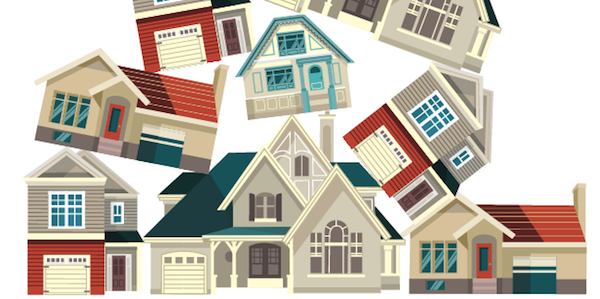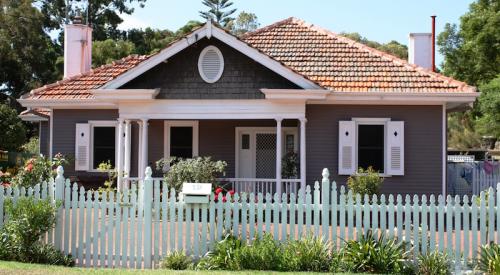The debate about whether to build spec homes has been around for as long as I’ve worked in home building, yet the real discussion has yet to take place. That’s because the terms used in this debate are biased: They establish the illusion that the conversation is all about risk. Instead, the discussion needs to center on the proper role of inventory—as a tool for builders. The debate isn’t about whether to build inventory homes, it’s about why to build them.
INVENTORY SHOULD BE A PART OF EVERY BUSINESS PLAN
Failing to accept that some buyers cannot or will not wait for a home to be built from scratch is equivalent to conceding a finite portion of the market to those competitors willing to maintain inventory. This core belief takes no position on how many homes you should have in inventory, what they should be, or even whether you should always have inventory available. It simply states that having partially or fully completed homes needs to be considered by all builders.
INVENTORY IS EASIER TO BUILD THAN PRESOLD HOMES
Regardless of how well your company and processes are organized and managed, adding a customer to the mix is one more entity to please; one additional chef in the kitchen. Most builders believe that they can construct between two and three inventory homes with the same energy and resource commitment it takes to build one presold home. The actual ratio is irrelevant. The fact is that inventory allows you, to some variable extent, to leverage additional volume on existing overhead.
INVENTORY SERVES MULTIPLE PURPOSES
The obvious reasons to build inventory are increased sales and deliveries with minimal additional overhead expense. But there are numerous other important reasons to construct inventory in support of company production, sales, and marketing strategies. Whether you’re jump-starting a new subdivision or maintaining even-flow production, the role of inventory goes far beyond increased volume.
INVENTORY FOR PROFIT IS ABOUT TURNS
For every builder, there’s an optimal mix of presold and inventory homes based upon market factors, risk tolerance, available capital, and credit. Once this mix, or inventory target, has been established, the most important factor in managing that inventory is how many times per year you can sell and replace any given home. The difference between turning a home two times per year and three times per year can’t be overstated. If a builder has an inventory budget of five houses, turning them three times versus two results in five additional closings with virtually no additional overhead. If these homes contribute a gross profit of $40,000 each after interest and sales expenses, the difference in net corporate profits will be close to $200,000.
ANALYSIS OF THE UPSIDE OF INVENTORY: WHAT’S THE TRUE RISK / REWARD RATIO?
For those of us who consider ourselves to be analytical by nature, the risk/reward ratio is the base driver for determining acceptable risk. Anyone who builds a significant number of inventory homes will, sooner or later, pick a bad lot or a bad plan. Eventually, we’ll all have inventory on hand in a falling market. But these situations, when properly handled, should result in minimal losses. The more interesting analysis is the upside of inventory. Even a modest inventory program, properly managed, can increase net profits by 50 to 70 percent.
There are typically 10 reasons to build an inventory home, and I’m sure that most builders can name even more.
1. Increase corporate profits through increased volume
2. Create momentum for a new project
3. Rekindle momentum in a stalled project
4. Close out a project
5. Beta-test a new floor plan
6. Try out a field model
7. Maintain even-flow production
8. Create inventory for quick-need buyers
9. Ensure high visibility in the market
10. Proceed with a multiple-unit building before it sells out
Before committing to building any unsold home, it’s essential to have a clear vision of which of these reasons are relevant to that particular home. This is the key to accurately measuring success, because an inventory home may earn significantly less than a presale and still be a success.
Inventory is an important concept for every builder to understand, and there’s a role for inventory in every builder’s business. But here’s a caveat: No inventory at all is better than speculative houses poorly planned and poorly executed. Because it can significantly increase profits, inventory offers great opportunities. While I believe the risks of inventory have been consistently overstated, there are plenty of pitfalls awaiting the uninformed, the unwary, and the uncommitted. Inventory has multiple purposes, but make sure you have a plan for every inventory home you build.
---
Al Trellis is president of Home Builders Network, in Mount Airy, Md.













